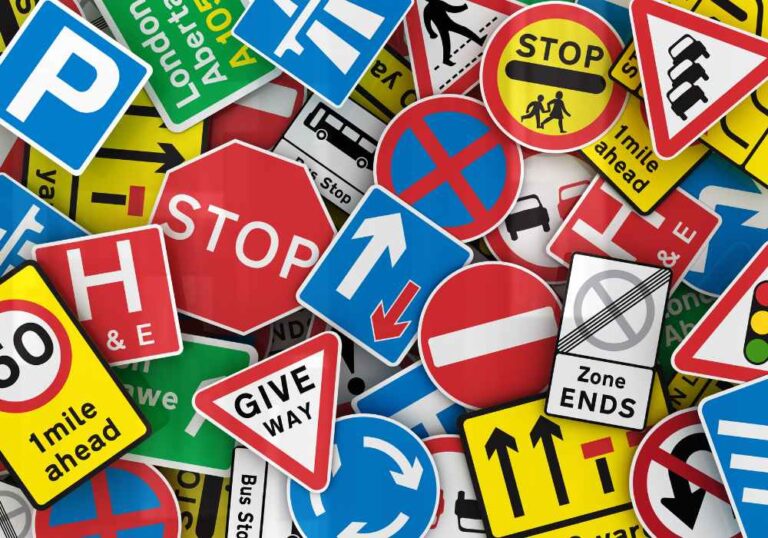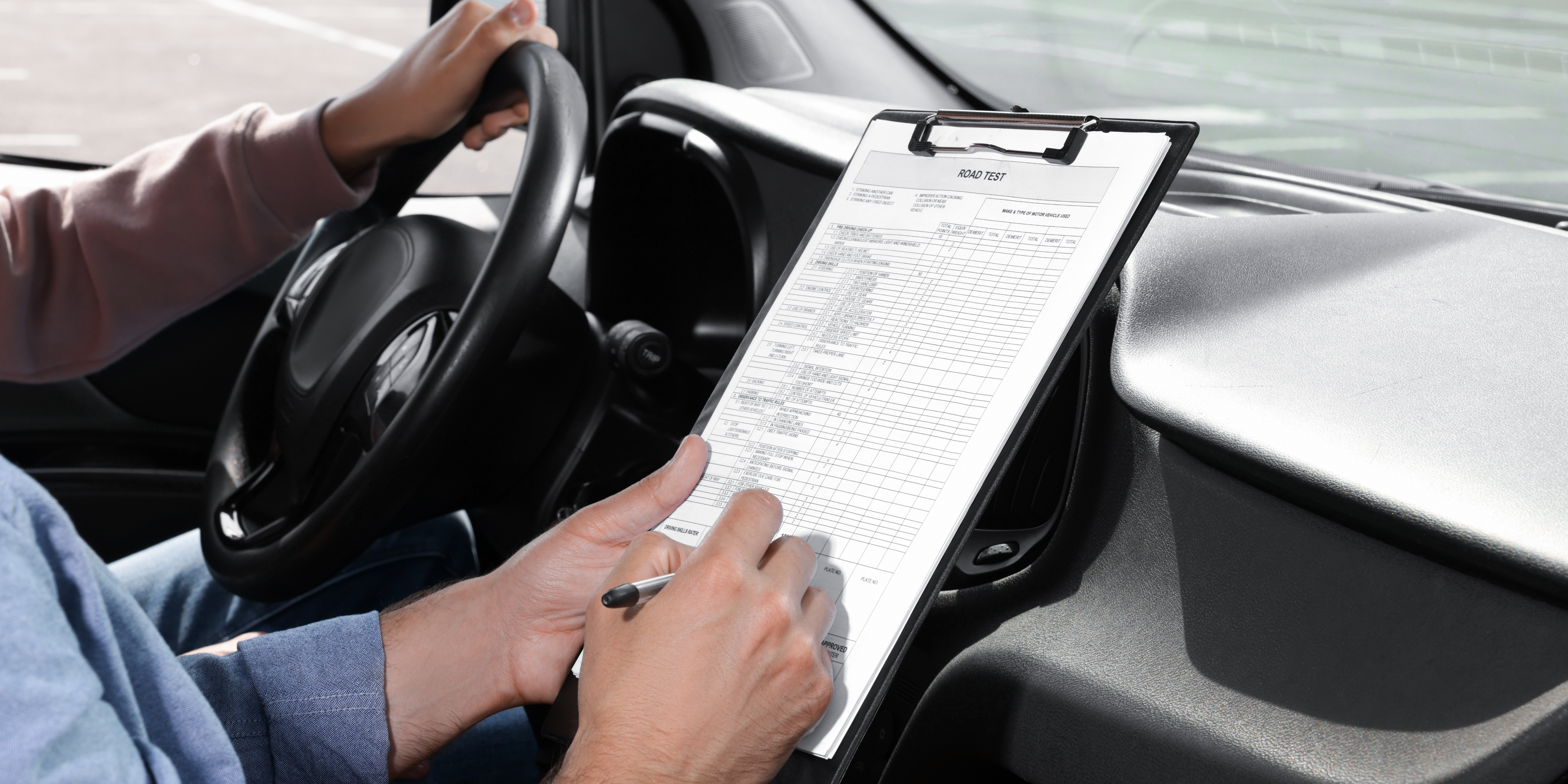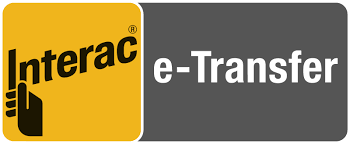As a new driver, navigating the roads can be exciting and daunting. There’s a lot to learn, from mastering the controls of your vehicle to understanding the rules of the road. Among the most critical aspects of safe driving are traffic signs and signals. These visual cues provide essential information to drivers, helping them make informed decisions and ensuring the smooth flow of traffic.
In this comprehensive guide, we’ll delve into the various types of traffic signs and signals, their meanings, and how to interpret them effectively.
The Importance of Traffic Signs and Signals
Traffic signs and signals serve as a universal language for drivers, pedestrians, and cyclists. They communicate vital information such as speed limits, road conditions, hazards, and regulatory instructions. Understanding and adhering to these signs and signals are fundamental to ensuring road safety and preventing accidents.
Types of Traffic Signs
Regulatory Signs
Regulatory signs dictate rules and regulations that drivers must follow. These include:
- Stop Signs: Indicates that drivers must come to a complete stop and proceed only when the road is clear.
- Yield Signs: Requires drivers to yield the right-of-way to oncoming traffic or pedestrians.
- Speed Limit Signs: Indicates the maximum speed allowed on a particular road.
- No Parking/No Stopping Signs: Designates areas where parking or stopping is prohibited.
Warning Signs
Warning signs alert drivers to potential hazards or changes in road conditions. Some common warning signs include:
- Curve Ahead: Warns of an upcoming curve in the road.
- Pedestrian Crossing: Indicates a designated area for pedestrians to cross the road.
- Slippery When Wet: Warns drivers of slippery road conditions during rain or snow.
- Animal Crossing: Alerts drivers to the possibility of animals crossing the road.
Guide Signs
Guide signs provide directional information and guidance to drivers. These include:
- Route Signs: Identify the route number and direction of travel for highways and roads.
- Exit Signs: Direct drivers to exit ramps and indicate nearby facilities or attractions.
- Mileage Signs: Provide distances to upcoming exits or destinations.
Construction Signs
Construction signs inform drivers about roadwork, detours, and temporary conditions. Examples include:
- Road Work Ahead: Warns of ongoing construction or maintenance activities.
- Detour Signs: Redirects traffic around closed roads or construction zones.
- Lane Closure Signs: Notifies drivers of lanes that are closed due to construction.
Understanding Traffic Signals
In addition to signs, traffic signals play a crucial role in regulating traffic flow and ensuring safety at intersections. Here’s what you need to know about traffic signals:
Traffic Light Colors
- Red: Requires drivers to stop. It is typically located at intersections and pedestrian crossings.
- Yellow/Amber: Warns drivers to prepare to stop as the signal is about to change to red.
- Green: Indicates that drivers may proceed, but they must yield to pedestrians and oncoming traffic if turning left.
Traffic Light Configurations
- Steady Red: Stop and remain stopped until the light turns green.
- Steady Yellow/Amber: Prepare to stop. Do not enter the intersection if you can safely stop.
- Steady Green: Proceed if the intersection is clear.
- Flashing Red: Treat as a stop sign. Come to a complete stop and proceed when it’s safe to do so.
- Flashing Yellow/Amber: Proceed with caution. Yield to pedestrians and oncoming traffic.
Pedestrian Signals
Pedestrian signals are designated for pedestrians and indicate when it’s safe to cross the street. These signals often accompany traffic lights and have symbols such as “walk” and “don’t walk” or use a countdown timer to indicate the remaining time to cross.
Tips for New Drivers
- Study and Familiarize: Take the time to study traffic signs and signals in your area. Familiarize yourself with their meanings and locations.
- Remain Vigilant: Stay alert while driving and be on the lookout for signs and signals. Pay attention to changes in road conditions and upcoming intersections.
- Follow Instructions: Always obey traffic signs and signals. Ignoring them can lead to accidents and legal consequences.
- Practice Patience: Traffic signs and signals are there to ensure safety and efficiency. Practice patience and avoid rushing or making risky maneuvers.
In Conclusion, Understanding traffic signs and signals is essential for all drivers, particularly new ones. By familiarizing yourself with the various types of signs and signals and knowing how to interpret them correctly, you can navigate the roads safely and confidently. Remember to stay vigilant, follow instructions, and practice patience while driving. With knowledge and adherence to traffic regulations, you’ll contribute to a safer and smoother driving experience for everyone on the road.
Click here to view our different packages or click here to book your road test.
Lastly, our services are extended to Toronto, North York, Etobicoke, Scarborough, Vaughan and Brampton.






